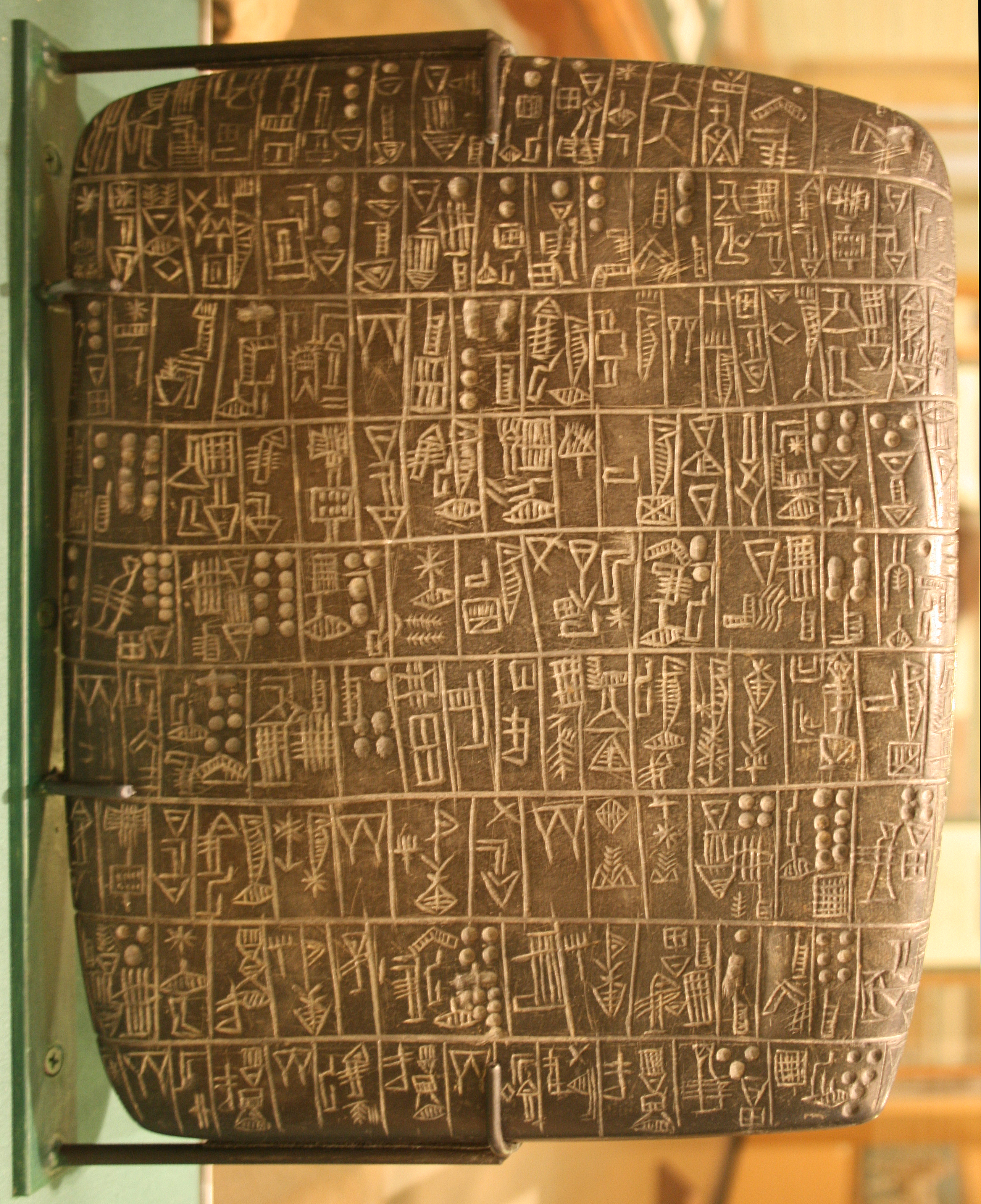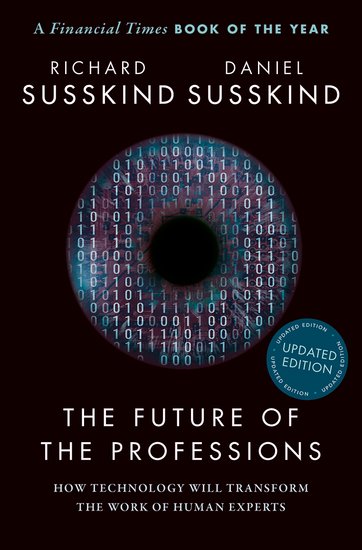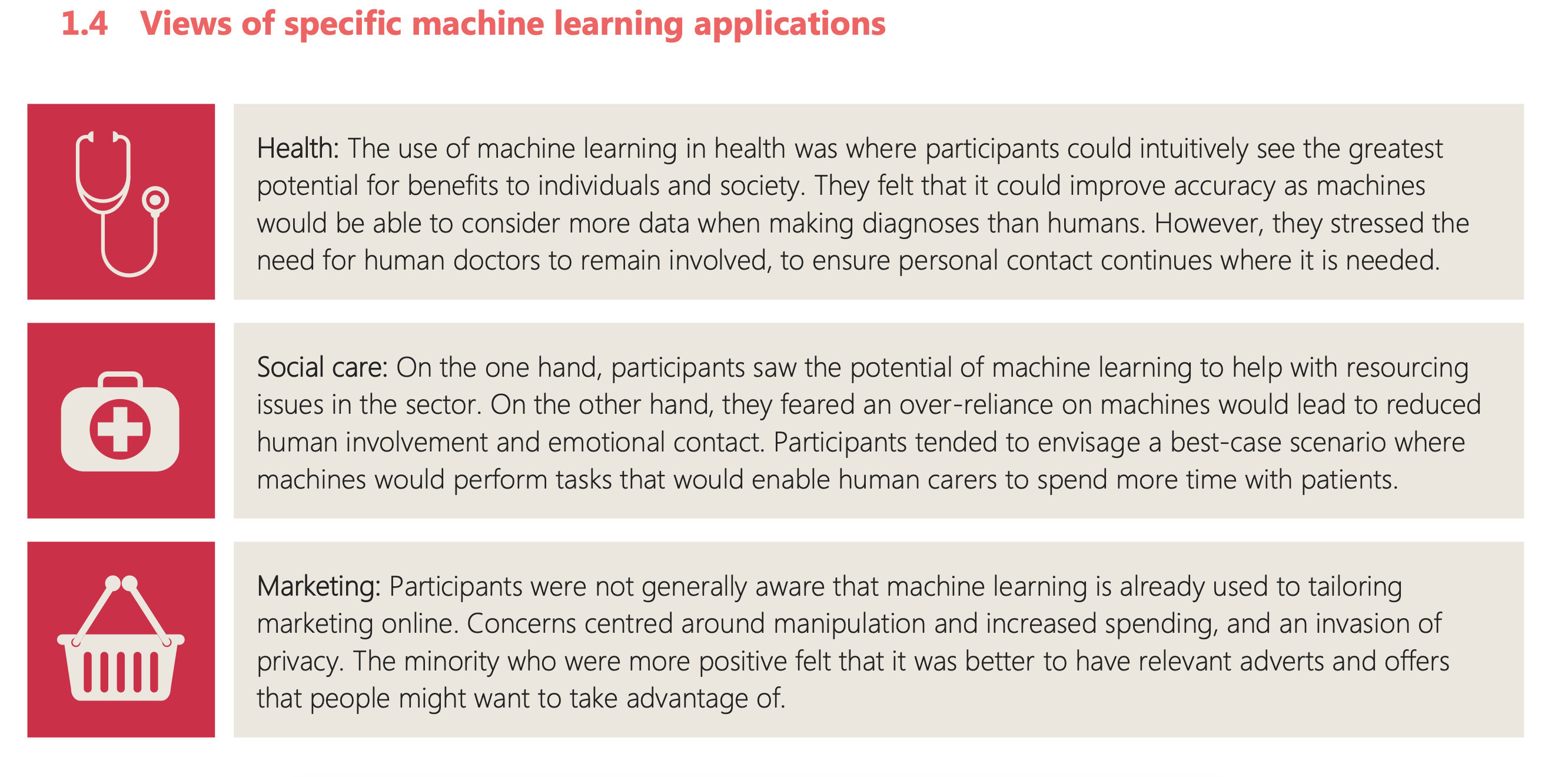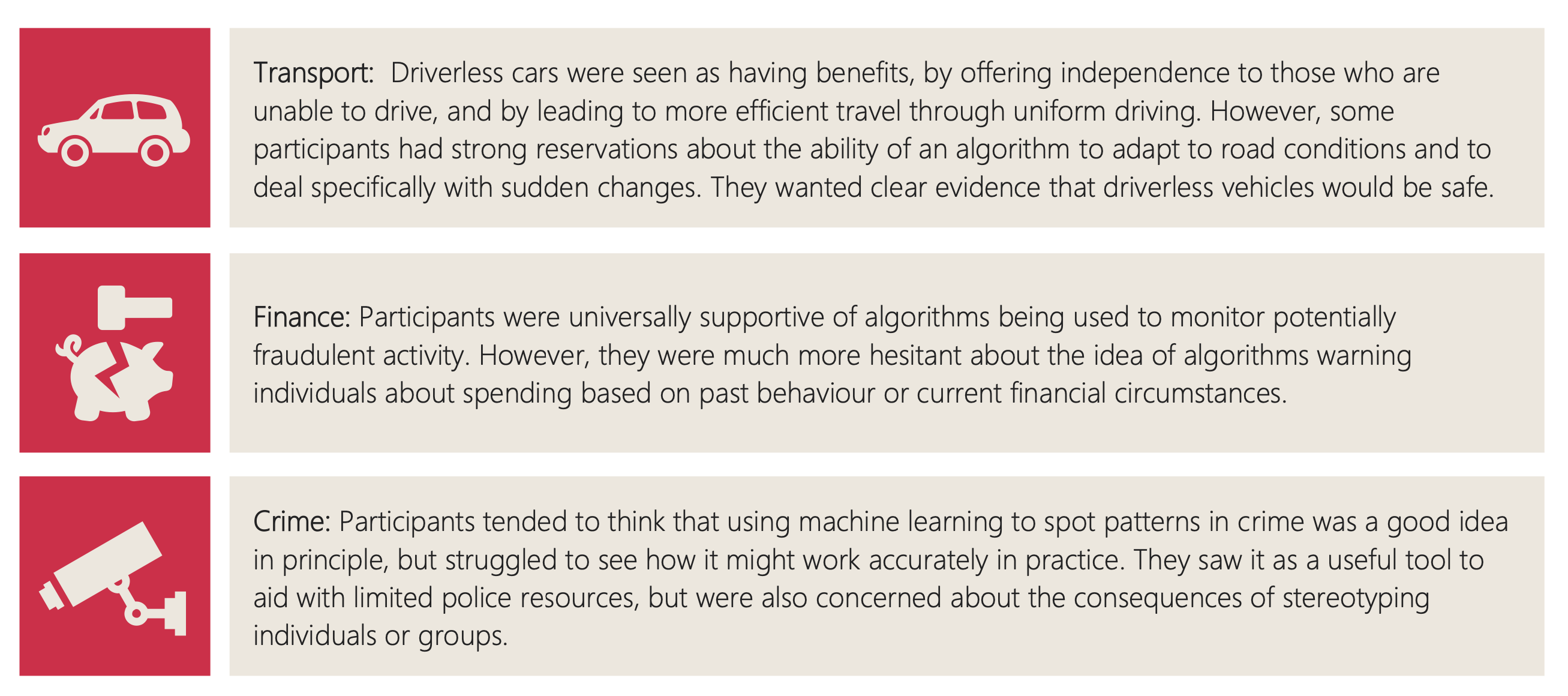Connecting Cambridge in AI
The Attention Reinvestment Cycle in Practice
Connecting Cambridge AI in Education Summit 2025, Cambridge University Press & Assessment
Revolution

The Future of Professions

The Innovation Gap
New Productivity Paradox
- Current productivity flywheel relies on measurement to translate innovation into productivity.
- Without measurement how does the wheel spin?
What Do People Want?
Public Research

Public Research

Public Research

Public Research

AI in Education: Public Perspectives
- Support for reducing teacher workload.
- Concerns about screen time and support for human interaction.
AI in Education: Public Perspectives
“Education isn’t just about learning, it’s about preparing children for life, and you don’t do all of that in front of a screen.”
Public Participant, Cambridge ai@cam and Hopkins Van Mil (2024) pg 18
AI in Education: Public Perspectives
“Kids with ADHD or autism might prefer to interact with an iPad than they would a person, it could lighten the load for them.”
Public Participant, Liverpool ai@cam and Hopkins Van Mil (2024) pg 17
The Attention Reinvestment Cycle
The Attention Reinvestment Cycle
- Traditional innovation flywheel: R&D → Innovation → Productivity → Economic Surplus → R&D
- Problem: Misalignment with societal needs in healthcare, education, social care
A New Model for Innovation
- Attention Reinvestment Cycle liberates human attention
- Freed attention reinvested in knowledge networks
- Creates value through improved human services
Putting It Into Practice: Connecting Cambridge
Why Connecting Cambridge?
- Universities organised in silos
- Real problems don’t respect boundaries
- Need to connect expertise across disciplines
Cambridge’s Unique Position
- Extraordinary breadth: 100+ departments, 31 colleges
- Deep expertise across AI, education, health, policy, ethics
- Challenge: connecting capability to needs
Two Complementary Initiatives
- ai@cam: University-wide mission across 6 schools
- Accelerate Science: Science supporting-focused programme
- Complementary approaches to connecting expertise
From Connection to Impact
- Connect researchers across boundaries
- Share tools, infrastructure, knowledge
- Build capacity across the ecosystem
ai@cam: The University Mission
- University flagship programme (£5M, 2022)
- Works across 6 schools, 30+ departments
- Bridges research, policy, and practice
Accelerate Science: Building Research Capacity
- Programme for scientific machine learning
- Knowledge networks and peer learning
- Builds capability across disciplines
Example: Pico Language Models
- Modular toolkit for small language models (1M-1B parameters)
- Research-ready framework for systematic experimentation
- Open science approach to understanding learning dynamics
pico-train: Easy model training with minimal configurationpico-analyze: Deep analysis of learning dynamics- Value reinvested through open tools and shared knowledge
Work by Richard Diehl Martinez and Paula Buttery et al.
Example: CMBAgents
Multi-agent systems for automating scientific discovery
Open-source research backend (
cmbagent)End-to-end research system (
Denario)Autonomous research tools free researcher attention
Value reinvested through open-source sharing
Building capacity for AI-assisted research
The Connecting Pattern
- Connect researchers across disciplines
- Connect tools to users
- Connect innovations to needs
The Path Forward
Innovation Economy Conclusion
Interact directly with micro-demand
Release quality attention
Reinvest human capital in more innovation
Measure value in freed human attention
Reinvest in knowledge networks
Build capacity for addressing real needs
Thanks!
- company: Trent AI
- book: The Atomic Human
- twitter: @lawrennd
- The Atomic Human pages cuneiform 337, 360, 390 .
- newspaper: Guardian Profile Page
- blog: http://inverseprobability.com